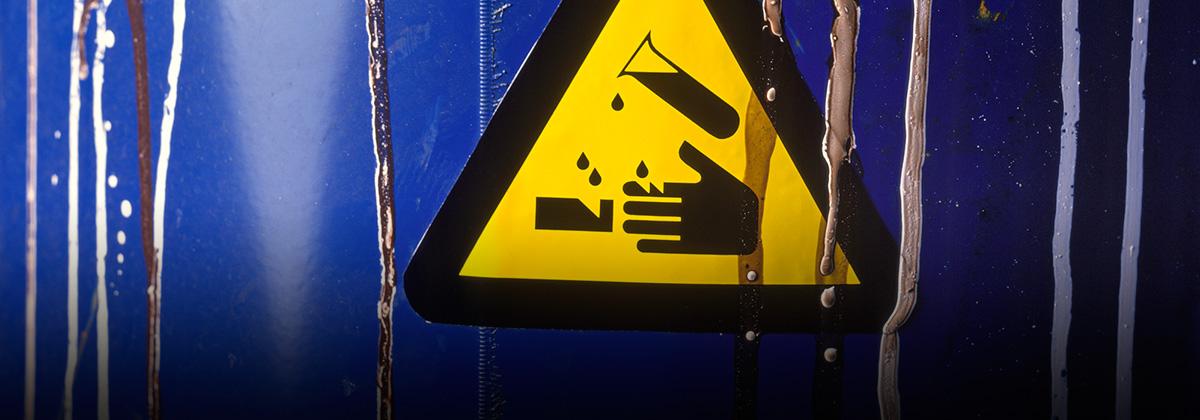In industries with high potential risks for employees, having the right protective equipment should be an essential part of any business's safety strategy
The paper, plastics and packaging industries make up a significant segment of the UK's manufacturing sector, and between them employ about 300,000 people full time[1]. One of the biggest priorities for all companies in this sector is employee safety.
All three make an important contribution to the national economy and employ large numbers of people. The plastic industry alone has an annual turnover of £23.5 billion and a workforce of 182,000. The paper industry turnovers £12 billion a year and employs 62,000, while the figures for the packaging industry are £11 billion and 85,000.
Workers in each of these industries face potential risks – from the common dangers at all manufacturing plants such as (slips, trips and machines with moving parts) to specific hazards such as dust in paper mills, sharp objects in packaging factories and chemicals in plastic manufacturers.
"Safety and health are key to the success and sustainability of businesses. If you look after your people, the returns on this investment are extremely significant"Jimmy Quinn, President of the Institution of Occupational Safety and Health
When it comes to implementing a successful workplace safety strategy, Jimmy Quinn, President of the Institution of Occupational Health and Safety (IOSH), believes that company culture is key. “Safety and health are key to the success and sustainability of businesses. If you look after your people, the returns on this investment are extremely significant”.
Quinn says the COVID-19 pandemic has focused attention on health and safety for the whole workforce. “Around the world, our members have helped their businesses and the clients they work with implement measures which ensure the risks of virus transmission are managed. “They are also managing the risks of mental health and wellbeing and, with many people working remotely, ensuring employees aren’t at risk of suffering with musculoskeletal issues.”
Quinn adds that one of the lessons from the pandemic has been the importance of having trained safety people. “As businesses learn to manage the risks of COVID-19, there has been growing recognition of the importance of the role occupational safety and health professionals play,” he says.
"It’s important for companies to work with distributors with a full, traceable supply chain"Craig Stasik, Industry Sector Manager, RS
“One of the key changes in recent years is in hearing protection. We’ve enhanced our technological capabilities and we can help customers to audit their hearing requirements to the new standards,” he explains. “It’s important for companies to work with distributors with a full, traceable supply chain. Both the distributors and manufacturers of those products are accountable. We can only sell products which conform to the most up-to-date regulations.
In addition to ensuring a company has the best safety equipment in place for their staff, it’s also important to look at ways to make efficiencies in the process of ordering these products. Tiwana recommends that businesses try to harmonise the brands that they use – many companies have equipment made by dozens of different brands, which can be both costly, and confusing for users.





